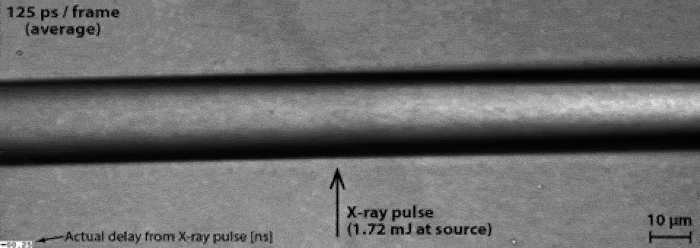A team of scientists from the Department of Energy‘s SLAC National Accelerator Laboratory has reportedly generated the loudest possible sound ever. According to reports, the human-made noise was even louder than those produced by a plane taking off or a rocket being launched.
In their paper published in the journal Physical Review Fluids, the researchers noted that the sound they were able to create reached 270 decibels. The team believed that it was the loudest sound artificially created underwater to date.
Claudio Stan, A physicist at Rutgers University in Newark and a co-author of the study, was quoted as saying:
“It is just below the threshold where [the sound] would boil the water in a single wave oscillation.”
For their experiment, the team used the X-ray laser called Linac Coherent Light Source. This device is so powerful that it can create molecular black holes or heat water to 100,000 degrees Celsius, which is way hotter than our planet’s core.
Creating the Loudest Possible Sound Underwater
According to the researchers, the microjets of liquid they hit with the LCLS X-ray laser vaporized immediately upon contact and produced shockwaves. The shockwaves traveled through the microjets and created copies of them. The process then led to the formation of a shockwave train that alternated between low and high pressures.

Vapor-filled bubbles formed as the water broke apart when the sound intensity reached a particular threshold. The pressure created by the shockwaves were below the breaking point, which suggested that the limit for the loudest possible sound underwater was already reached.
The team wrote in their paper:
“The amplitudes and intensities were limited by the wave destroying its own propagation medium through cavitation, and therefore these ultrasonic waves in jets are one of the most intense propagating sounds that can be generated in liquid water.”
The researchers believe that their findings could be used to advance studies in fields like biology, helping other scientists investigate how microscopic samples respond to severe vibrations made by sound underwater.


















Comments (0)
Most Recent